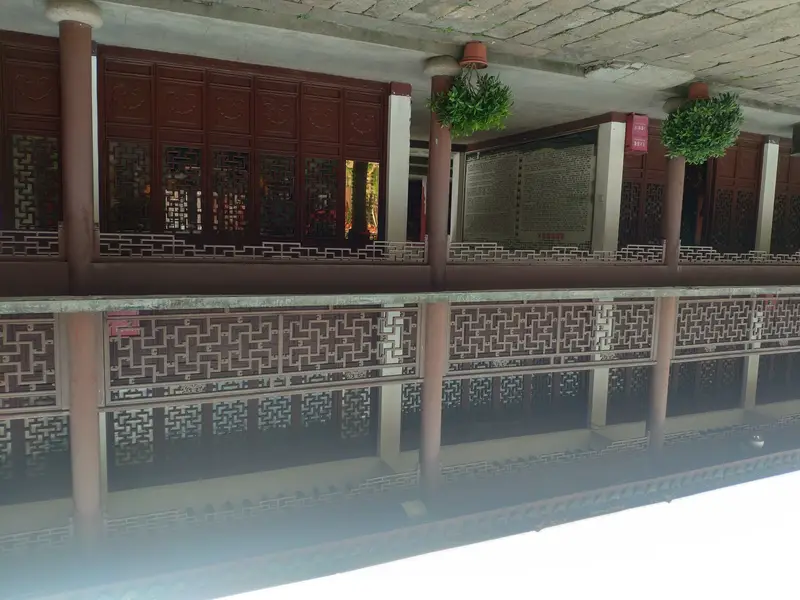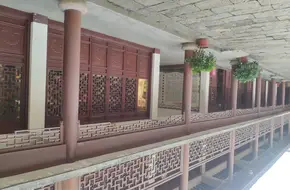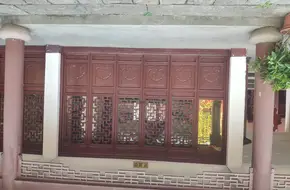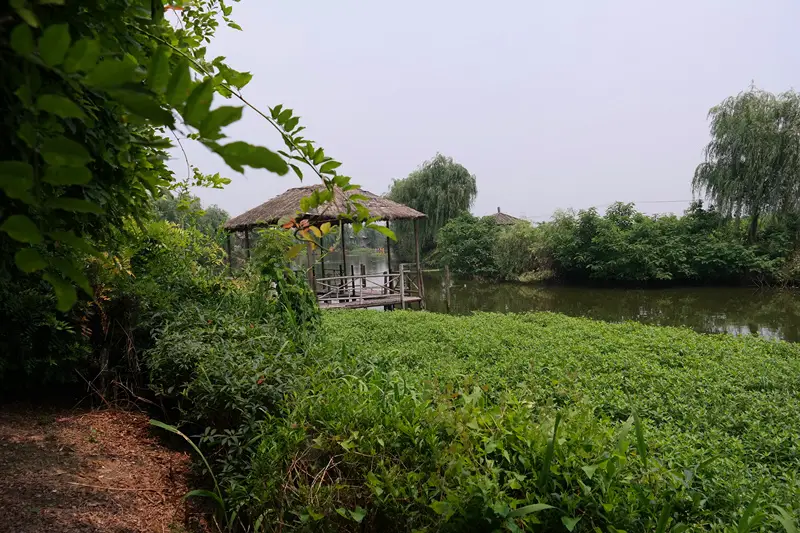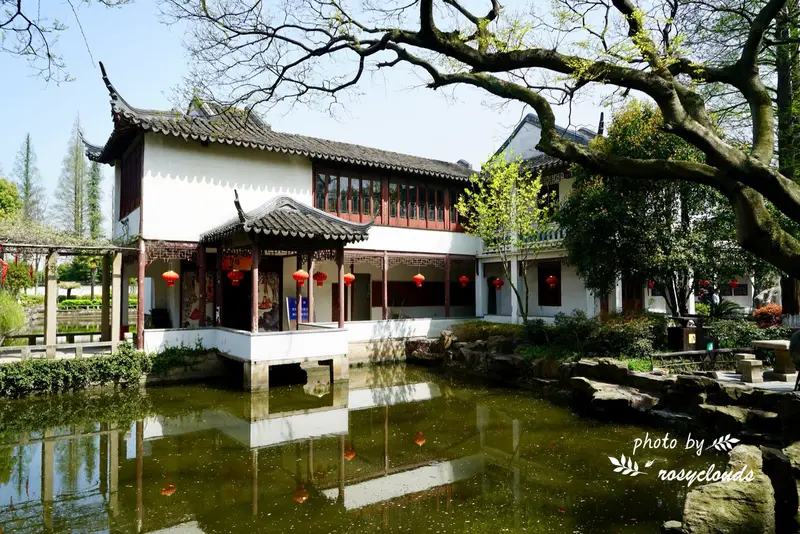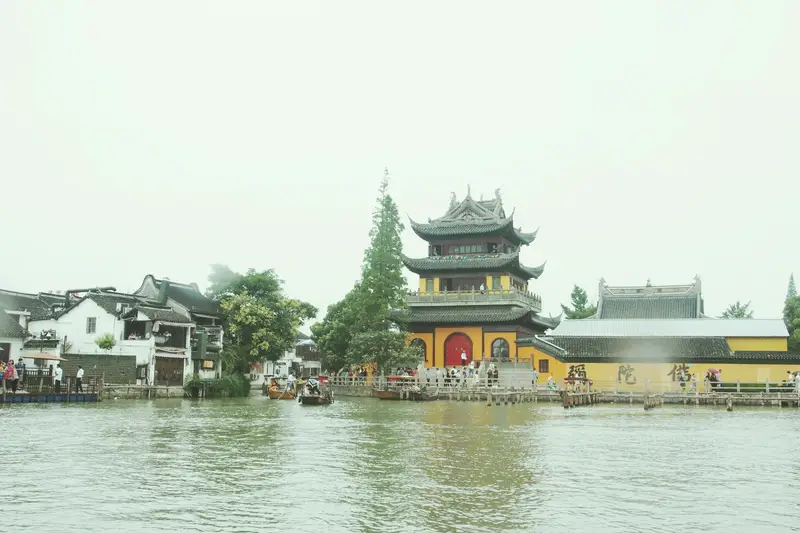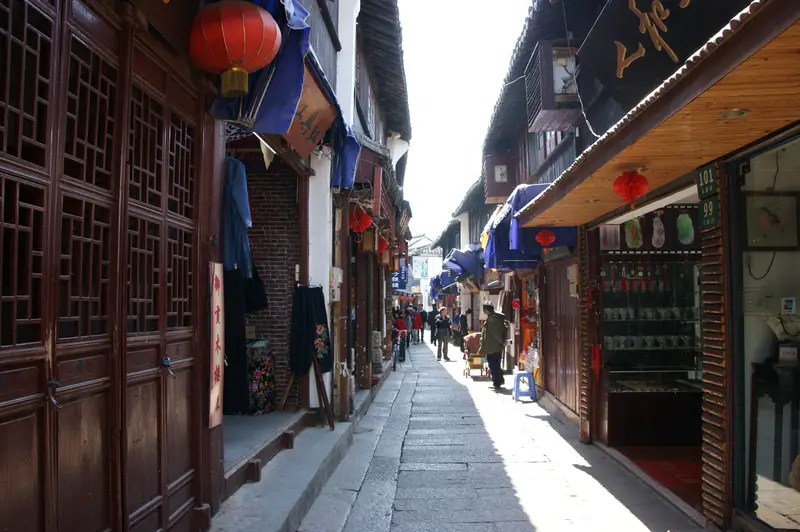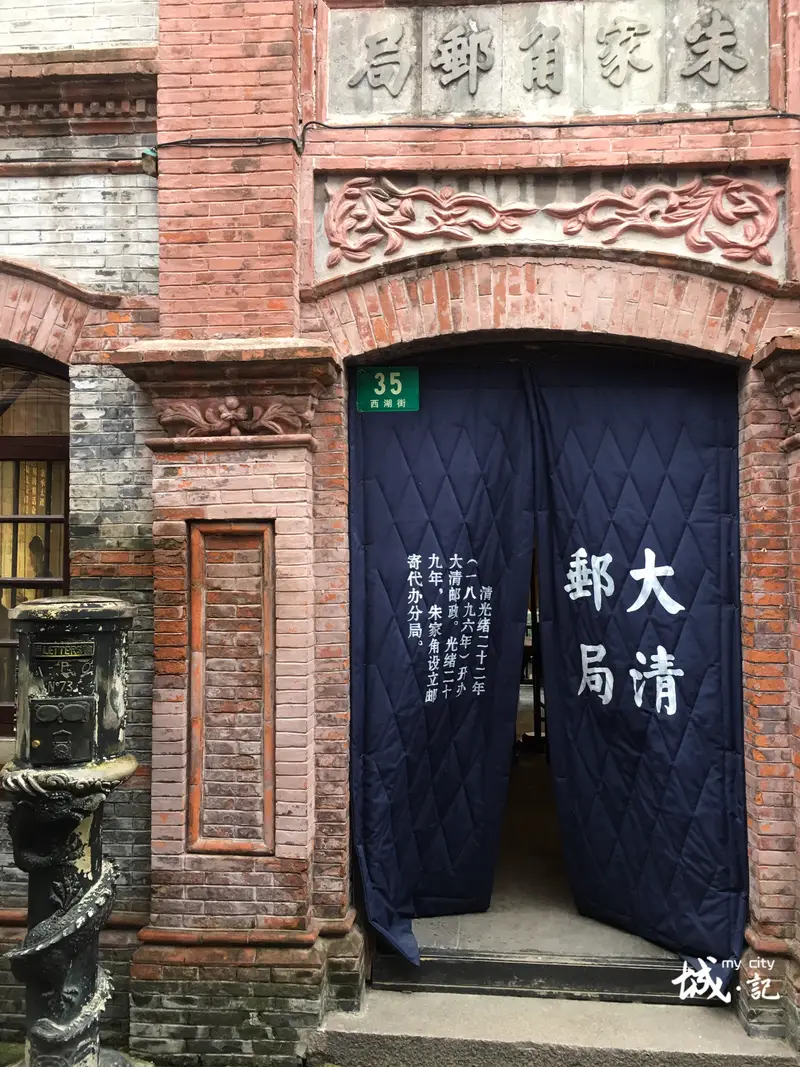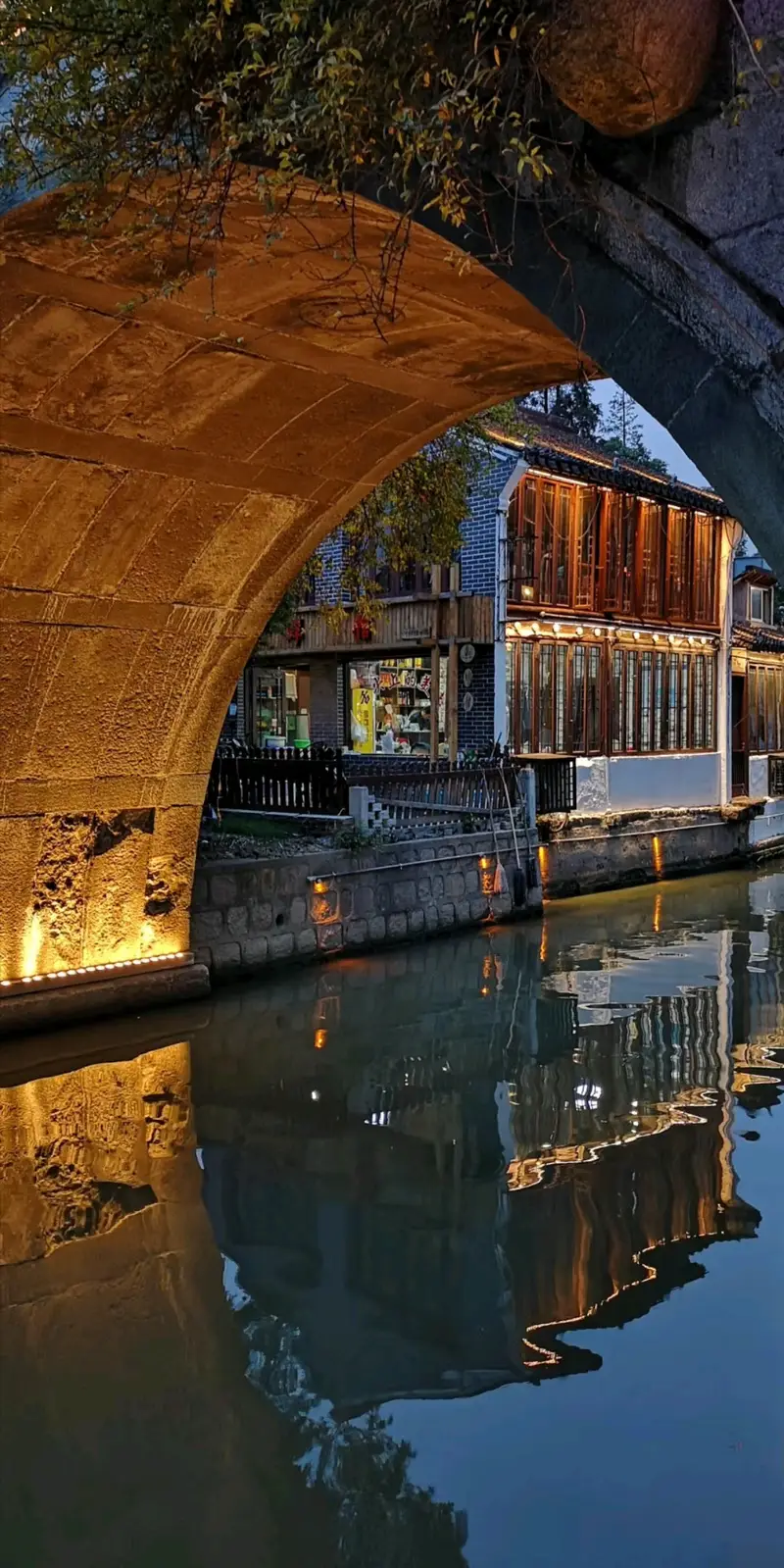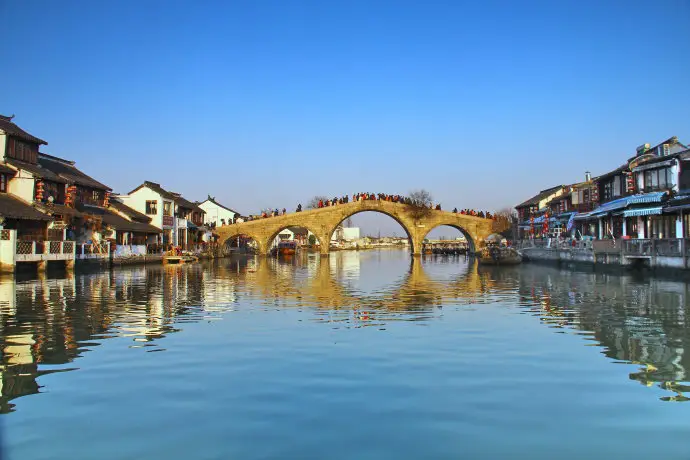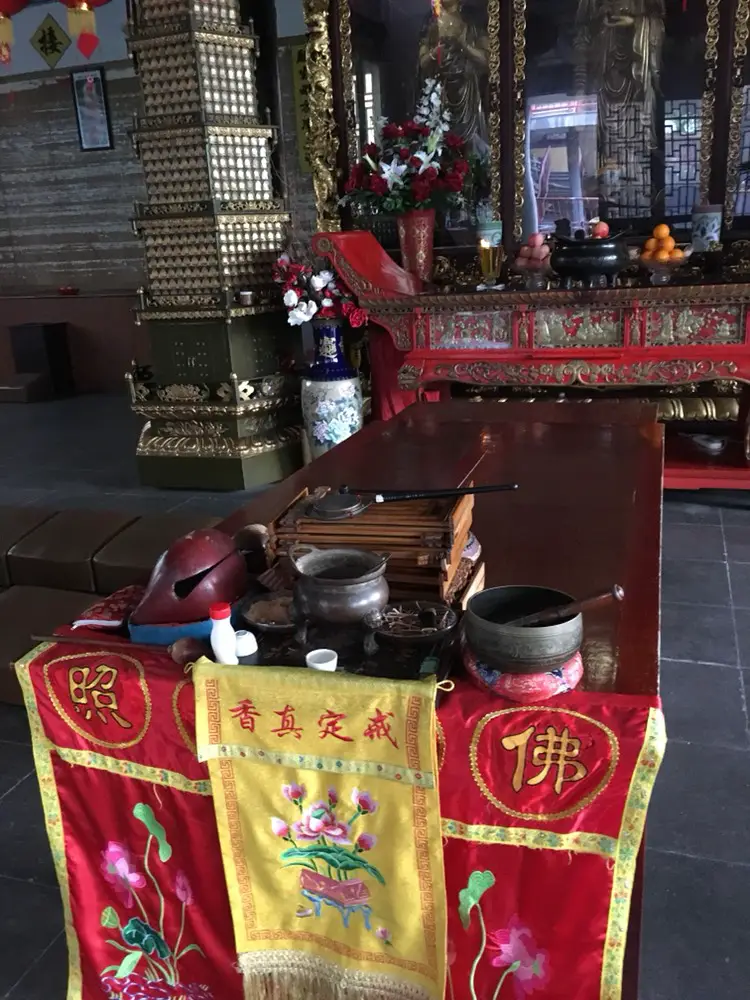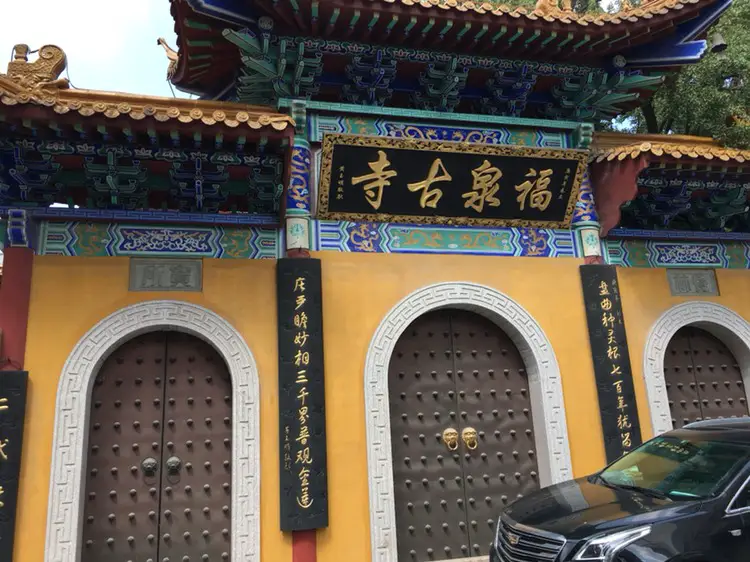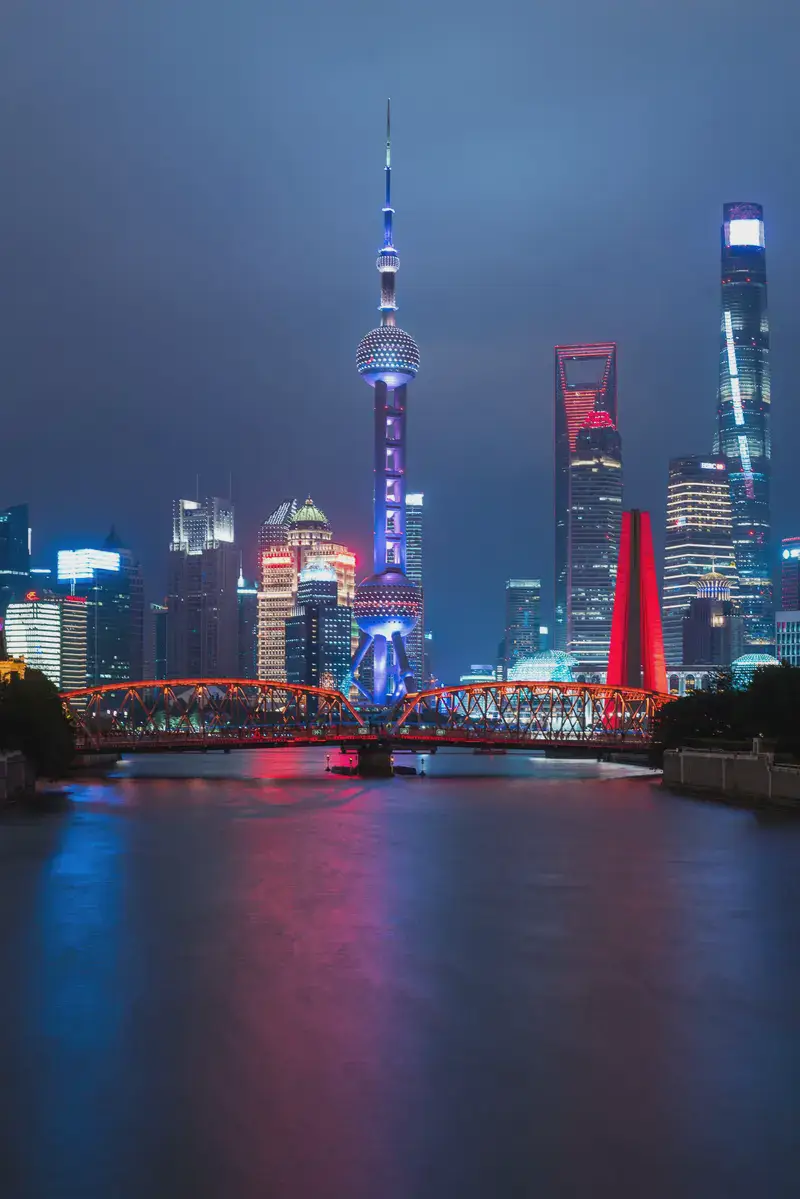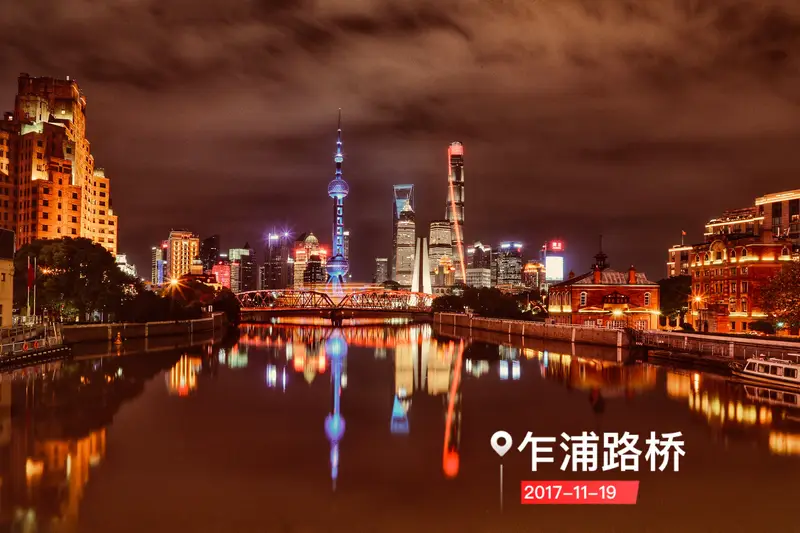Location & Transportation
Siqin Hall sits inside the historic City God Temple (Chenghuang Miao) of Zhujiajiao Ancient Town, located in Qingpu District, Shanghai. To get there, you can take Metro Line 17 to Zhujiajiao Station, then walk or hop on a local bus. If you’re coming from downtown Shanghai, a scenic drive takes about 1 hour. Zhujiajiao is famous for its water town charm, so many visitors combine a visit to Siqin Hall with a boat ride along the canals.
Natural Scenery
Zhujiajiao’s beauty lies in its blend of ancient architecture and riverside landscapes. Siqin Hall, nestled within the temple complex, offers a quiet escape. The temple grounds feature traditional Chinese courtyards, with stone paths, wooden pavilions, and lush greenery. Nearby, you’ll find the town’s iconic arched bridges, willow trees, and canals—perfect for photos. Though Siqin Hall itself is indoors, its location lets you enjoy both cultural and natural sights in one trip.
Cultural & Historical Highlights
Siqin Hall is part of the revitalized Qingpu City God Temple, which reopened in 2005 after restoration. The hall is built upstairs in the temple’s clock-and-drum tower, with a peaceful atmosphere. It’s a place where locals honor ancestors by placing family plaques (similar to memorial tablets) to remember loved ones. The temple also hosts regular rituals, like道士 chanting scriptures to bless the deceased.
Downstairs, the temple buzzes with activity. A traditional戏台 (theater stage) sits between two halls, flanked by rooms dedicated to Chinese deities like Lü Dongbin (the “Immortal”), the God of Wealth, and the Matchmaker. The layout is symmetrical, with drum and bell towers on either side—a classic Chinese architectural design.
Religious & Spiritual Significance
Siqin Hall reflects China’s respect for ancestors and traditions. After years of policy changes, the temple was returned to Taoist practice in the 2000s. Today, it’s a mix of tourism and active religion. You’ll see locals lighting incense, making prayers, and participating in ceremonies. The hall’s name, “Siqin,” means “thinking of loved ones,” tying it to themes of memory and respect.
Facilities & Accessibility
The temple area is visitor-friendly. There are clear signs in Chinese and English, clean restrooms, and small shops selling souvenirs or local snacks. Guides (for a fee) can explain the temple’s history in detail. If you’re traveling with family, note that the temple has steps, so strollers might be tricky. However, the compact size makes it manageable for most travelers.
Immersive Experience Tips
- Best Time to Visit: Early morning or late afternoon to avoid crowds. The golden hour light is perfect for photos of the temple roof and gardens.
- What to Do: Stroll through the temple, listen to the bell chimes, and explore nearby streets for local food like zhuangyuan hongshao rou (stewed pork) or rice cakes.
- Respect Rules: Remove shoes before entering certain sacred areas, dress modestly, and avoid loud conversations during rituals.
Siqin Hall isn’t just a sightseeing spot—it’s a window into China’s spiritual life and family traditions. Whether you’re interested in history, religion, or simply soaking up old-world charm, it’s a must-visit when exploring Zhujiajiao. Pair it with a boat tour or a walk along the ancient streets to get the full flavor of this timeless town.


